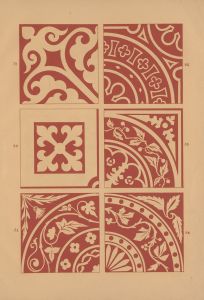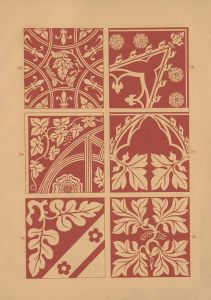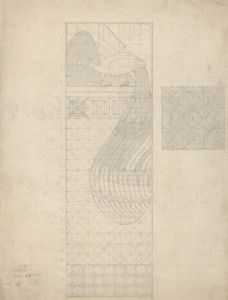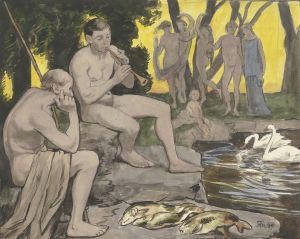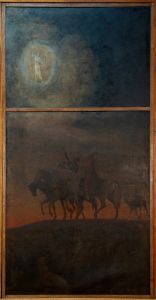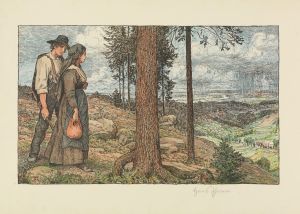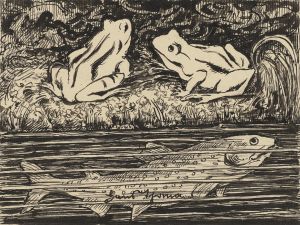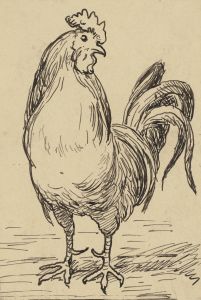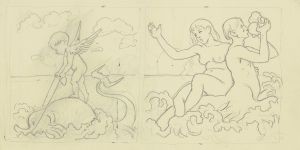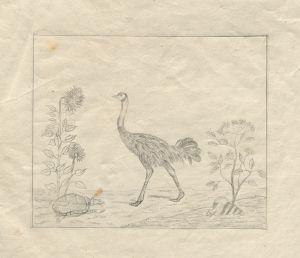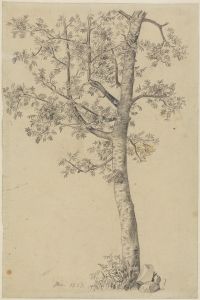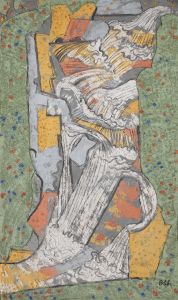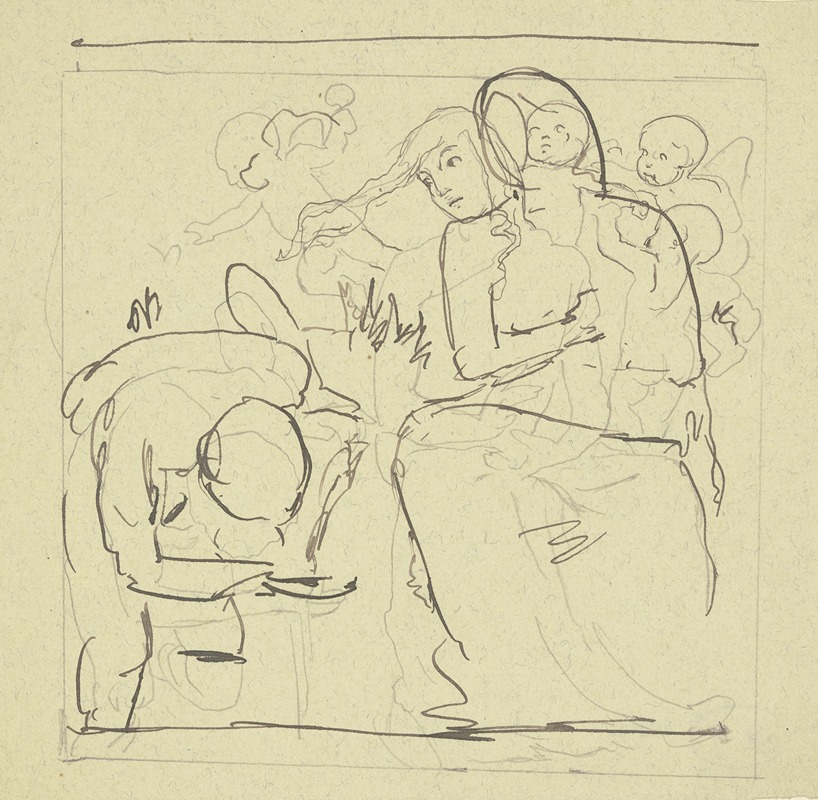
Quellnymphe
A hand-painted replica of Hans Thoma’s masterpiece Quellnymphe, meticulously crafted by professional artists to capture the true essence of the original. Each piece is created with museum-quality canvas and rare mineral pigments, carefully painted by experienced artists with delicate brushstrokes and rich, layered colors to perfectly recreate the texture of the original artwork. Unlike machine-printed reproductions, this hand-painted version brings the painting to life, infused with the artist’s emotions and skill in every stroke. Whether for personal collection or home decoration, it instantly elevates the artistic atmosphere of any space.
Hans Thoma (1839-1924) was a German painter known for his landscapes and portraits, often imbued with a sense of romanticism and symbolism. One of his notable works is "Quellnymphe" (translated as "Spring Nymph"), which exemplifies his unique style and thematic focus.
"Quellnymphe" was created in 1876, during a period when Thoma was gaining recognition for his distinctive approach to painting. The artwork depicts a nymph, a mythological spirit of nature, typically associated with a particular location such as a river, forest, or, in this case, a spring. Thoma's nymph is portrayed in a serene and contemplative pose, embodying the purity and tranquility often attributed to these mythical beings.
The painting is characterized by its meticulous attention to detail and the harmonious integration of the figure with the natural surroundings. Thoma's use of color and light enhances the ethereal quality of the scene, creating a sense of otherworldliness. The nymph is depicted with flowing hair and delicate features, her form blending seamlessly with the lush, verdant environment that surrounds her. This integration of the human figure with nature is a hallmark of Thoma's work, reflecting his deep appreciation for the natural world and its inherent beauty.
"Quellnymphe" is also notable for its symbolic elements. The spring, from which the nymph emerges or with which she is associated, can be interpreted as a source of life and renewal. This theme of regeneration and the cyclical nature of life is a recurring motif in Thoma's oeuvre, reflecting broader Romantic and Symbolist influences. The painting invites viewers to contemplate the interconnectedness of humanity and nature, a theme that resonates with the broader cultural and artistic movements of the time.
Hans Thoma's work, including "Quellnymphe," was well-received during his lifetime, and he became a prominent figure in the German art scene. His paintings were celebrated for their technical skill and their ability to evoke a sense of wonder and introspection. Thoma's influence extended beyond his own work, as he was also an important teacher and mentor to younger artists.
Today, "Quellnymphe" is housed in the Kunsthalle Mannheim, a museum in Mannheim, Germany, which holds an extensive collection of Thoma's works. The painting remains a significant example of Thoma's artistic vision and his ability to capture the delicate balance between the human form and the natural world.
In summary, "Quellnymphe" by Hans Thoma is a masterful representation of the artist's skill and thematic preoccupations. Through its depiction of a mythological nymph in a natural setting, the painting explores themes of purity, renewal, and the harmonious relationship between humanity and nature. Thoma's work continues to be celebrated for its beauty and its ability to inspire contemplation and appreciation of the natural world.





